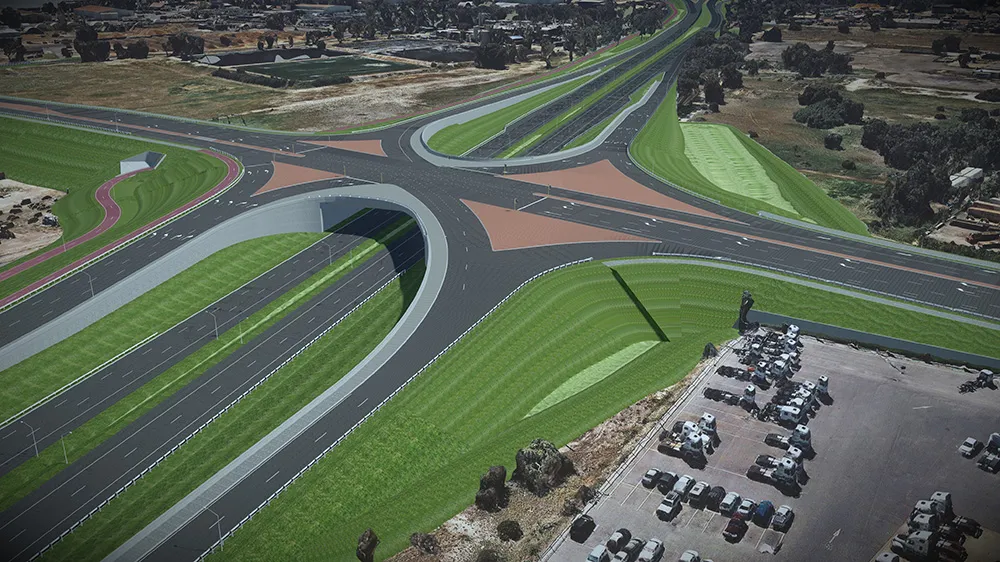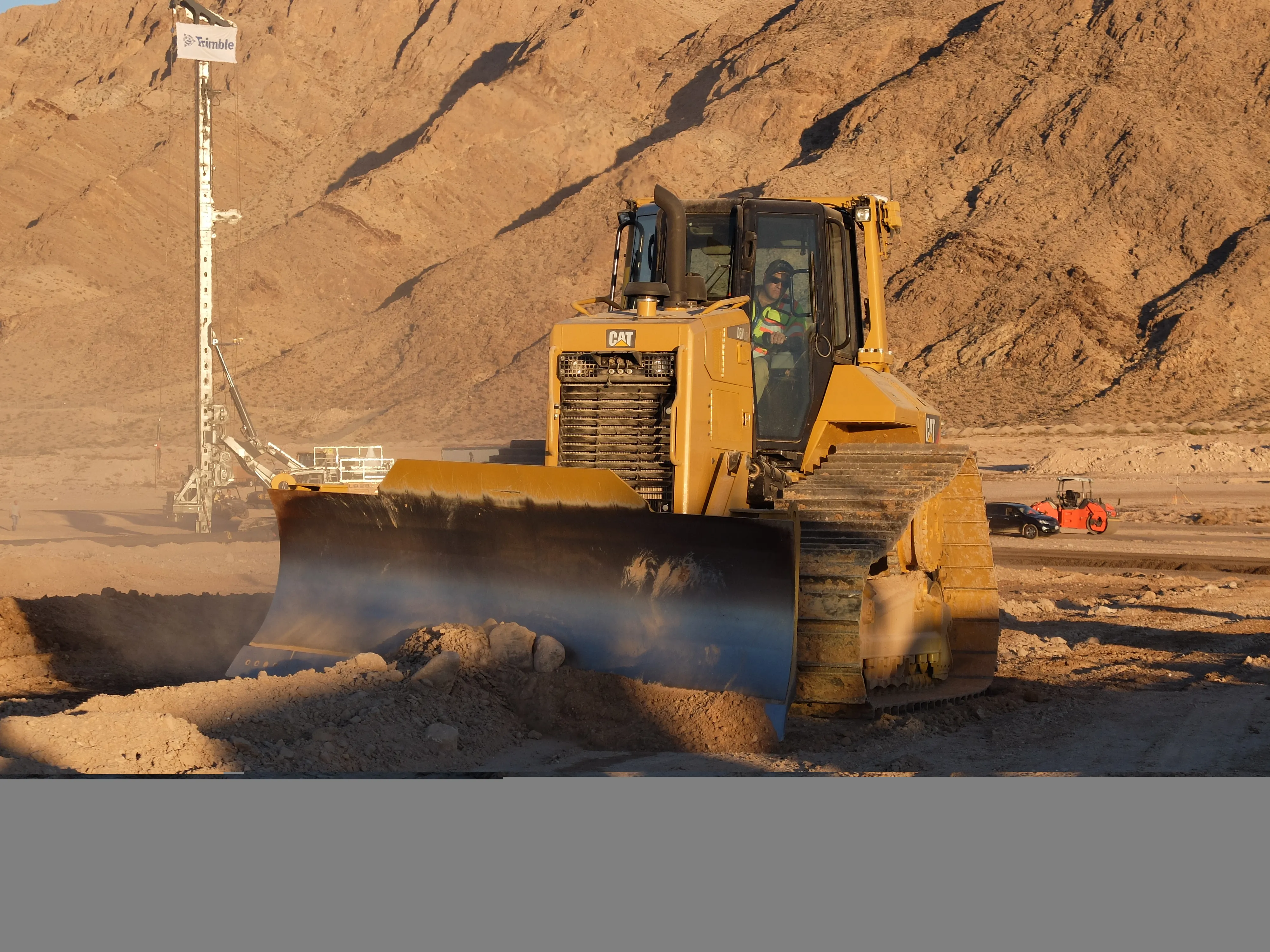You learn from your failures, not your successes. That was the overall message for delegates during the day-two morning session on the impact of engineering structural failures.
These lessons are also too often “painful”, said Anne-Marie Leclerq, deputy minister for infrastructure within the ministry of transport for the Canadian province of Quebec. On September 30, 2006, a span of the six-lane Concorde Bridge in Laval, near Montreal, collapsed crushing to death five people and injuring six.
Only recently had the bridge been inspected, she told attendees to the session of the PPRS – Pavement Preservation and Recycling Summit – in Nice, France. The team did see some concrete rubble at one corner of the road under the bridge. Soon after a 20m section had a catastrophic failure that would change forever the way the Canadian province inspected bridges.
As with most failures, the Concorde collapse was a series of errors, mis-communication, design inadequacies and simple ageing of material due to natural causes.
Although putting steel reinforcement in mostly only one layer was not a contravention of building codes at the time, it was found to create a weak plane. There were also issues over the quality of concrete used for abutments. The finger of blame was pointed at several engineering firms over the years for inadequate repairs and inspections.
But the result was an impressive tightening up of building codes and in particular inspection regimes, she explained. This is important because 70% of the province’s bridges date from the era as that of the Concorde Bridge, between 1960 and 1980.
There are now specialist inspection teams available to local authorities on a 24/7, 7/7 basis. A closer review of on-site new construction work is in place. While the province has not introduced a BIM process, the province is at least considering its use, said Leclerq.
Importantly, there is also a much greater emphasis on communication with the public about construction of new infrastructure as well as repairs and maintenance to older assets. It is about being transparent with road users, said Leclerq.
“Enriching the maintenance environment” is one of the most important lessons to be learned from disasters, said Yukio Adachi, a director management planning for the Japanese firm Hanshin Expressway Engineering.
“A disaster is a crisis that exceeds the capabilities” of infrastructure to maintain integrity. That is the definition of failure as used for a major study of 15 bridge failures by PIARC, the Paris-based World Road Association and of whose disaster management team Adachi is a secretary. The recently completed UIF study – Unpredicted Infrastructure Failure – put forward disaster mitigation measures for highways authorities worldwide, he explained.
Asset management should be reviewed to accommodate that fact that designs have greatly moved on from the 1960s and 1970s. What were sufficient inspection regimes for new designs back then should be updated and intensified for the fact that materials have aged. Traffic weight limits and numbers have been reached or exceeded, putting at times excessive stress levels on the design. If there have been periods of infrequent or no maintenance, then succeeding levels should be intense and much more frequent.
If there were known errors during the construction phase, and even if these were corrected, Adachi suggested that much more non-destructive testing be carried out to make double sure of a structure’s continuing integrity. This should happen even if the structure has been well-maintained and documented as such.
However, failure can be caused by outside influences that have nothing to do with the integrity level of the structure itself. This was the case of a fire under an overpass of the 10-lane Interstate 85 near Atlanta, in the US state of Georgia only a year ago.
A large amount of plastic conduit was stored under a span of the I-85 to keep it dry. But a suspected arsonist created a fire of such intensity that the heat and smoke engulfed the five-lane 30m span and collapsed it – only 45 minutes after the fire had been detected.
Luckily, no one was killed or injured during the rush hour disaster of the 30-year-old structure that carries 250,000 vehicles a day. However, the state government alerted local authorities to not store material under an overpass, said Meg Pirkle, chief engineer with the Georgia Department of Transportation.
There could have been a disaster of a traffic jam kind had the GDoT not pulled together all the engineering, emergency services and communications teams together, even as the fire was being extinguished, she told delegates. An hour after the fire had been detected, an emergency operations centre was set up. Four hours after the fire was detected, demolition contractors were on-site waiting for the debris to cool down.
Rather than source steel replacement beams of a 30-year-old design, the bridge’s original designers – who were rebuilding the span – updated the design with stronger bulb tee beams. Being longer, these beams could be installed more quickly than the original style beams and with a single crane movement per beam, said Pirkle.
The contractor had also to replace several adjoining spans because of heat damage, which complicated the work because of their individual trapezoidal shape. However, the contractor was incentivised with $3.1 million to complete the estimated 2.5 month deal ahead of time. It was opened only six weeks after the fire.
During the whole process, Pirkle said the bridge authority was under intense media and public pressure to complete the work. Communication with the public was tremendously important to keep them on side.
In fact, by communicating possible travel delays, there were very few traffic jams as people flocked to public transport. There was generally 40% less traffic in affected areas and a minimal increased use of other arteries. Public transport authorities also noted a 27% rise in ridership during the construction period.
For all road authorities, the goal is, of course, to avoid disasters, said Yvonne Gunreben, of the federal German ministry of transport. In the German case, they managed to do just that with the Leverkusen Bridge. The cable-stayed suspension design has one set of towers and cables in the middle of the road to support a steel girder road deck. The 1965 structure over the Rhine River connects the cities of Cologne and Leverkusen.
The bridge is also known as the A1 Rheinbrücke because it is a main route to the Dutch industrial port of Rotterdam. Hence, it is used by heavy trucks that have got heavier over the decades. Around 120,000 vehicles use the bridge daily, of which around 12% are heavy trucks.
But inspections caught an increasing number of cracks over the years and last year the decision was taken to replace it by 2020 – ahead of the planned 2035 date. Until it is replaced, no heavy goods vehicles will use the bridge. Other bridges in the area have similar weight restrictions.
It was all a wake-up call that forced the hand of the federal German government to allocate a higher-than-expected amount of the road budget to maintaining bridges. Around 35% from now until 2020 is going towards bridges, increasing after that to 43% up to2030.
PPRS: the positive side of structural failures
You learn from your failures, not your successes. That was the overall message for delegates during the day-two morning session on the impact of engineering structural failures. These lessons are also too often “painful”, said Anne-Marie Leclerq, deputy minister for infrastructure within the ministry of transport for the Canadian province of Quebec. On September 30, 2006, a span of the six-lane Concorde Bridge in Laval, near Montreal, collapsed crushing to death five people and injuring six. Only recently
March 27, 2018
Read time: 6 mins









